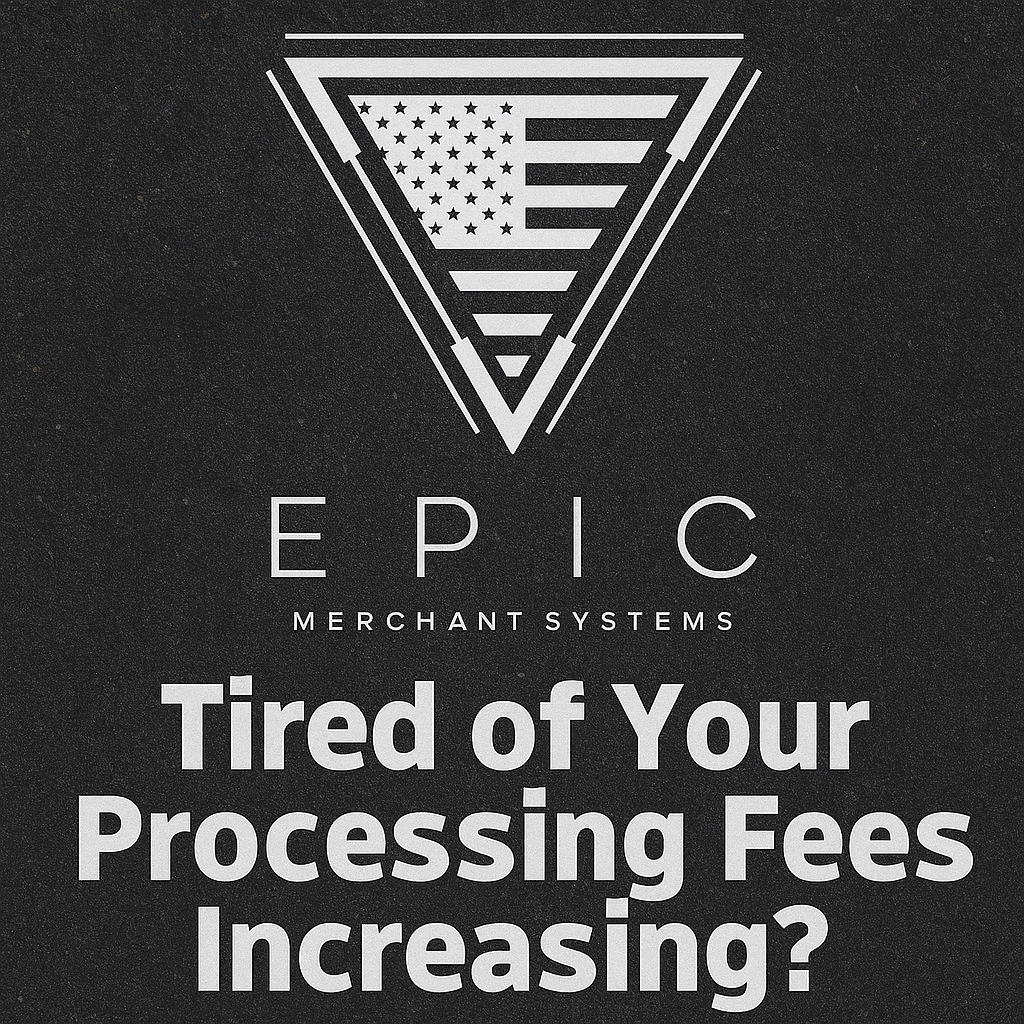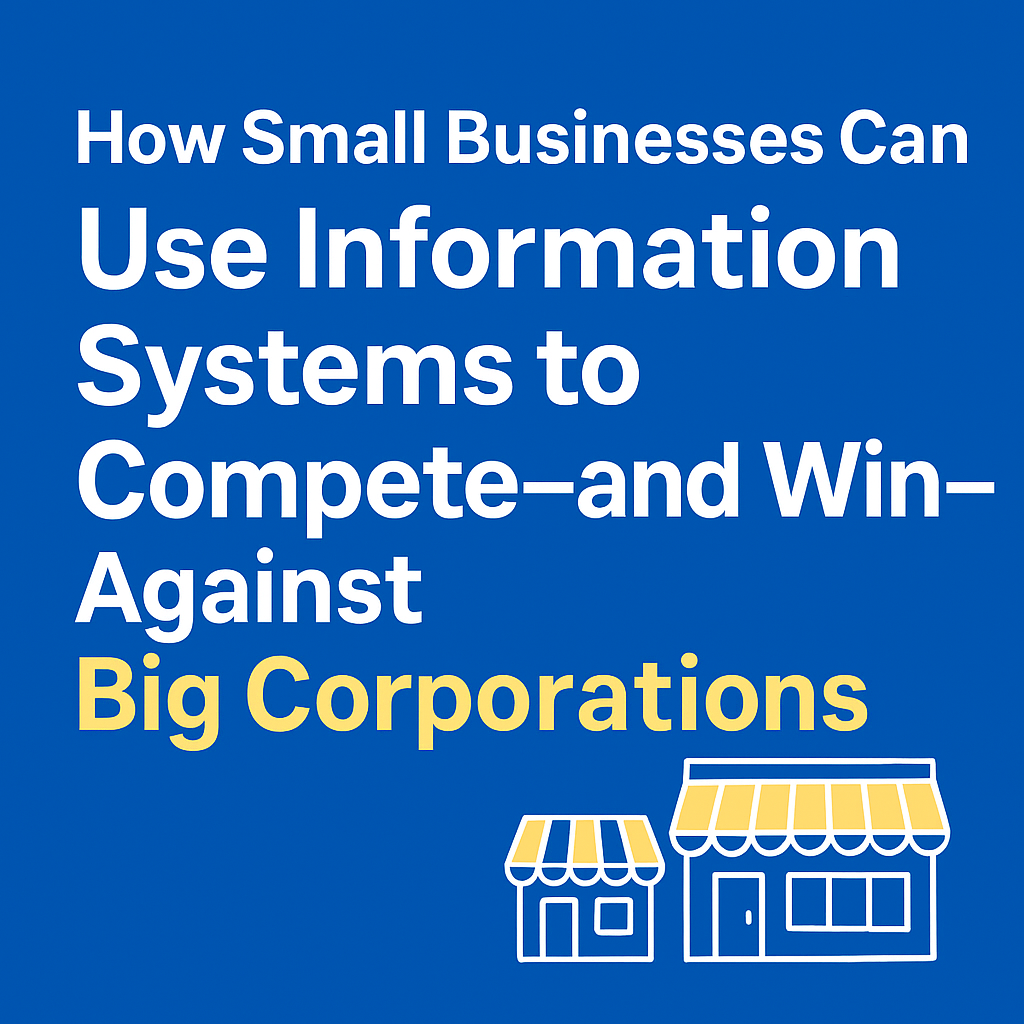Small businesses and Apple Pay Fees: What you need to know
Apple Pay is a secure and fast payment option that businesses can quickly implement for no extra cost.

Every customer counts when you own a small business. To make your customers' checkout experience as smooth as possible, it's important to offer the right payment options. Nearly 70% of online shopping carts are abandoned. You don't have to accept cart abandonment as part of doing business simply because you're an SMB owner.
You can speed up the checkout process by offering customers the option to use their iPhones during checkout. Market analysis firm Research Dive estimates that the global mobile wallet market is likely to reach $46 billion by 2028, growing at a compound annual growth rate of 18.9%. Considering Apple Pay is one of the most widely used mobile wallets in the payments industry, let's look into what the Apple Pay fee is for merchants. Also, we'll discuss how Apple Pay works and what kind of fees you might incur when accepting Apple payments.
What is Apple Pay?
Apple Pay is a safe and secure alternative payment method. An alternative to credit and debit cards, this type of contactless payment uses NFC technology. Payments utilizing near field communication, or NFC, are facilitated by the NFC technology which enables communication between devices held close to each other. In addition to increasing payment security, it can help retailers save time and reduce congestion at checkout lines.
Apple Pay requires a linked credit or debit card to operate. To set up an Apple Pay account, customers will still need their Visa, Mastercard, American Express, or prepaid card. Their Apple Pay accounts will only need to be loaded once with their card information or bank account information. After that, they can access the saved card information at any time.
With Apple Pay, customers can sign in quickly with a facial scan and touch ID. Apple Pay is widely accepted among younger consumers such as millennials and Generation Z. This is much faster than fumbling in their bag or wallet for their credit card. This explains why digital wallets like Apple Pay and Samsung Pay have experienced such dramatic growth over the past few years.
The Apple Card
A wide range of Apple Pay-related products have been released to accommodate the growing popularity of Apple Pay. Isn't it amazing how Amazon is now opening physical stores? In a similar vein, the cardless payments solution recently introduced a credit card.
As an extension of Apple Pay, Apple recently introduced the highly controversial Apple Card. This app integrates seamlessly with Apple Wallet and enables Apple customers to process card transactions at retailers' POS terminals without having to switch apps. Apple Watch, for example, also supports Apple Pay for mobile payments.
How does Apple Pay work?
Using near-field communication technology, Apple Pay allows merchants to reduce credit card swipe fees. It's as simple as opening the app on their phone and entering their two-factor authentication code. As soon as they have entered their one-time-use passcode, they can pay with Face ID and their iPhone's side button. They won't even need to enter their credit card number. NFC is a feature that is available on most EMV payment terminals that are older than 2016. Any merchant with an updated POS terminal can easily integrate Apple Pay into their operations.
There's one caveat to the Apply Pay-affordability equation. Despite merchants' satisfaction with Apple Pay's processing fees, most major banks are less pleased. Capital One, JP Morgan Chase, and Bank of America are unhappy with their cuts from Apple. In fact, they've requested that Visa change how it handles Apple Pay transactions. In other words, pay Apple less in transaction fees.
Both online and in-person transactions are supported by Apple Pay. To enter payment information from their computer, customers simply choose "Apple Pay" during checkout. Apple Pay is not available for Android phones. Android users can, however, use Google Pay. Fees associated with Apple Pay are generally lower than those associated with traditional credit card processing. Card issuers typically charge small businesses significantly more for credit card processing. To that end, many small businesses request employees encourage Apple Pay usage. Apple Pay does not charge for transfers that take a few days, just like PayPal and other third-party providers of payment services. The fee for instant transactions is 1% and the minimum is $0.25 and the maximum is $10. Merchants don't have to pay anything to use Apple Pay for physical or e-commerce transactions.
How does Apple Pay compare to credit card payments?
Credit cards are still one of the most common ways to pay. Credit card processing, however, is expensive for merchants. Businesses cannot completely avoid credit card processing fees unless they choose the EPIC ZERO FEE option. Apple Pay is a much cheaper payment method for merchants. Over 85% of American retailers now accept Apple Pay, but many customers still use cards.
It is therefore important that POS systems support credit card transactions as well as Apple Pay, Google Pay, etc. It is the merchant's responsibility to encourage the use of NFC touchless payments, but it is ultimately the customer's choice. Apple Pay is still faster than traditional credit, debit, or cash transactions. Traditional physical card networks are left in the dust by NFC technology's processing speeds. Users of Apple Pay have traditional credit/debit cards as well. But Apple Pay offers extra security and offers merchant savings.
Is Apple Pay a viable option for small businesses?
SMBs cannot afford to launch their own touchless payment systems, similar to Walmart's new "Walmart Pay." To enable touchless payments, SMBs must be a little more creative. It is free for business owners to use Apple Pay, and it can speed up the checkout process. Using Apple Pay is a must for small businesses. A touchless option (like Google Pay) for Android users should also be offered by SMBs.
Small businesses can reduce processing costs and customer traffic using Apple Pay. The advantage of using new payment methods for SMB owners is their quick implementation and rollout. It's easy to see how Apple Pay is becoming more widespread. There is a widespread use of it in the US, Latin America, Asia Pacific, Australia, Africa, and Canada.
What does it come down to?
After all, merchants cannot control which payment methods their customers prefer. The NFC payment platforms Apple Pay and Android Pay can help SMBs save on payment processing. However, customers may still want to use their credit cards.
For more information, you can contact us at
888-350-0147 or
info@epicmerchantsystems.com.






